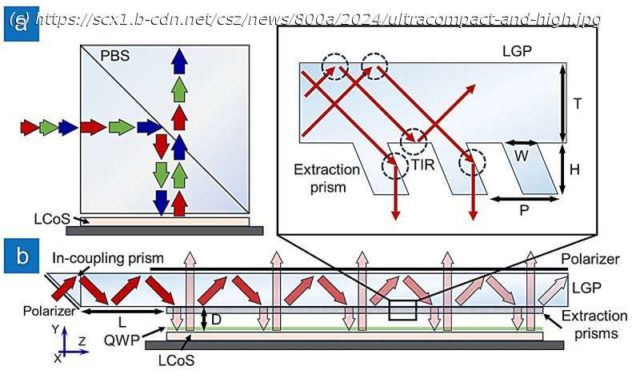Augmented reality (AR) and virtual reality (VR) are innovative display technologies with the ability to revolutionize the way we interact and experience the world.
Augmented reality (AR) and virtual reality (VR) are innovative display technologies with the ability to revolutionize the way we interact and experience the world.
Unlike VR, which immerses users in entirely virtual environments, AR superimposes digital content onto the real world, enabling vast applications in education, training, retail, marketing, and navigation, just to name a few. AR experiences can be accessed through various devices, including smartphones, tablets, and smart glasses.
Among these, stylish AR glasses will become the mainstream as they offer unparalleled convenience and immersion, lightweight and compact formfactor, seamlessly integrating digital content into the real world.
AR glasses usually consist of two main components: a light engine, responsible for generating digital images, and an optical system, which delivers the generated content to the users. Different optical systems such as birdbath optics and waveguide optics have been applied in commercial products.
The light engines must be very compact while keeping a high optical efficiency to enable longtime comfortable wearing and high ambient contrast ratio.
« Liquid-crystal-on-silicon (LCoS) or micro-LED, who wins? » has become a heated debate question. Micro-LED display is an emissive technology that promises to revolutionize visual experiences with high peak brightness, fast response time, true dark state, and long lifetime. However, its manufacturability remains a significant challenge.
Home
United States
USA — IT Ultracompact and high-efficiency liquid-crystal-on-silicon light engines for augmented reality glasses






